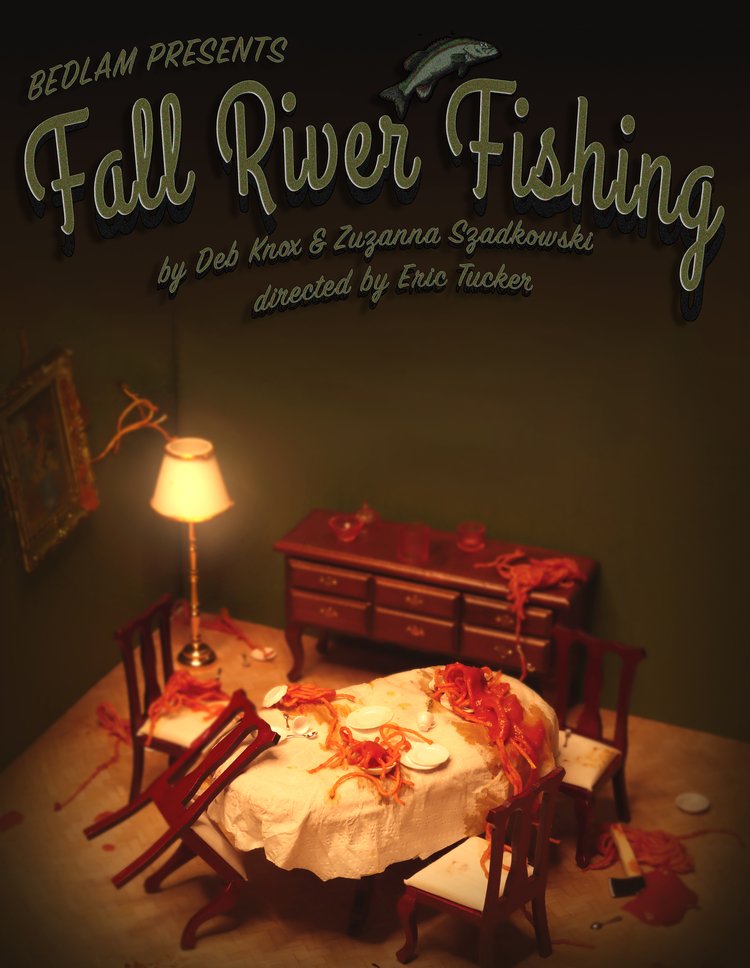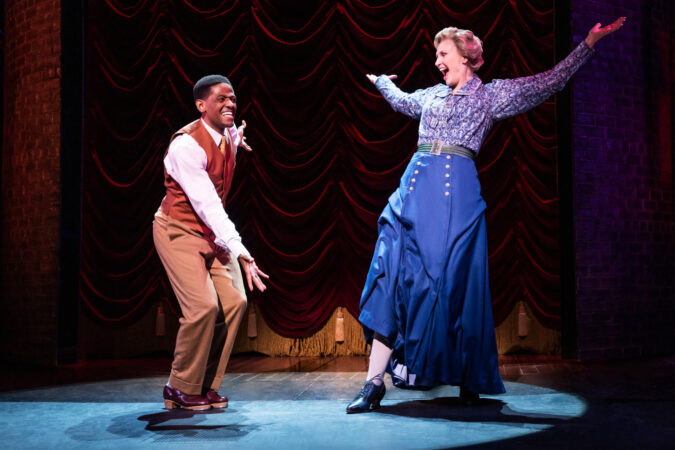
Be prepared. Jessica Chastain is spectacular as Nora Helmer. As she sits seemingly spellbound in a chair on a bare stage, dressed in dark blue, alone with her striking profile and red hair, staring out into the audience as the turntable rotates slowly her mind is hard at work. Round and round she goes. Barely moving. Thinking.
Quietly simmering. Contemplating her life such as it is with her domineering husband Torvald (a fine and obnoxious Arian Moayed) who has just gotten an all-important position at the bank – meaning more money! And as it was with her domineering father.
Nora, a thing of beauty for them to enjoy as they would like. A beautiful plaything. Their doll. And so we begin…
The production at the Hudson Theatre is remarkable. From the concise, sharp and detailed adaptation/new version by Amy Herzog from the original by Henrik Ibsen to the imaginative and stark direction of Jamie Lloyd – bringing back fond memories of his 2019 production of BETRAYAL we witness the incredible transformation of Nora; seamlessly transitioning from scene to intimate scene. One on one.

There is nothing to distract from the text. All actors are in dark blue. A few chairs, a turntable. A bare dark wall. No props – including wedding rings and children. One must listen. Listen carefully. And watch the faces and reactions of the actors.
The major plot points are intact. Nora’s financial secret that is to be revealed and then the scheme to blackmail her if Nils, Okieriete Onaodowan (a bank employee) reveals how Nora got the money to help cure her husband’s illness. Her childhood friend and confidante Kristine – Jesmille Darbouze. Anne-Marie the family nurse (Tasha Lawrence) and Dr. Rank (a wonderfully charmer of a man slowly dying – Michael Patrick Thornton) a best friend of Torvald and in love with his wife Nora. A finer ensemble you won’t encounter.
Control. Greed. Lies. Tears. Fear. All simmering on the back burner. Until the eruption between Torvald and Nora leading to a devastatingly surprise denouement.

Up close and personal. Extremely personal. With a hint of Ingmar Bergman and all the elements in place to make a fine theatrical experience to savor until June 10th. At the Hudson Theatre 141 West 44 Street
1 hour 40 minutes. No Intermission. No late seating.
PHOTOS – Courtesy of A Doll’s House
Tags: No Comments.






























